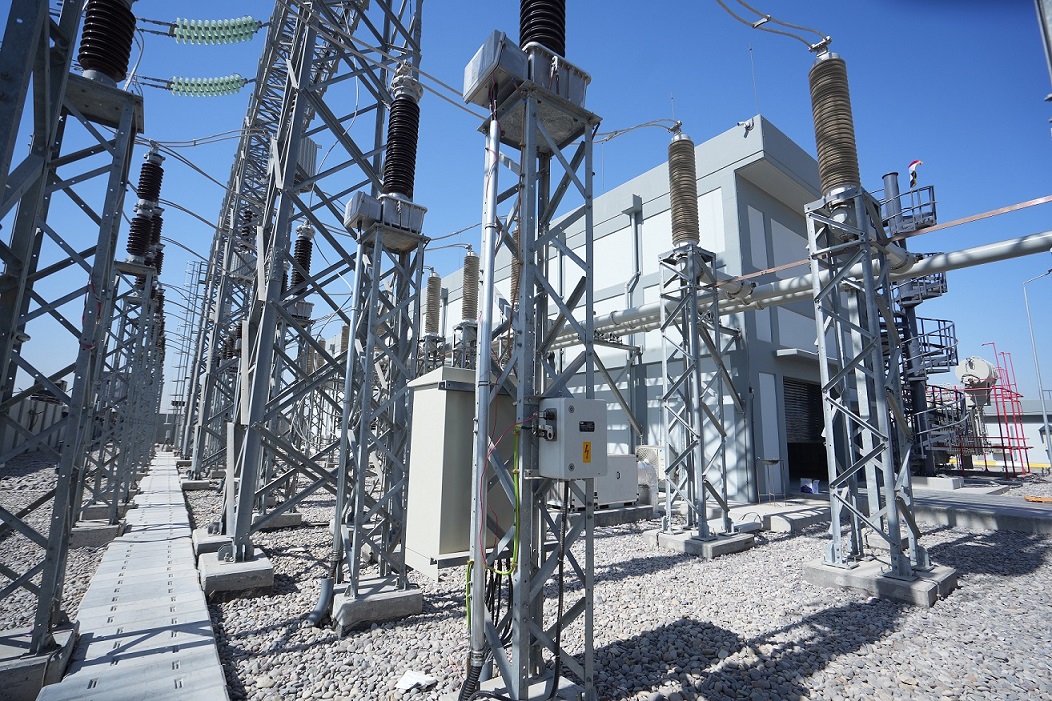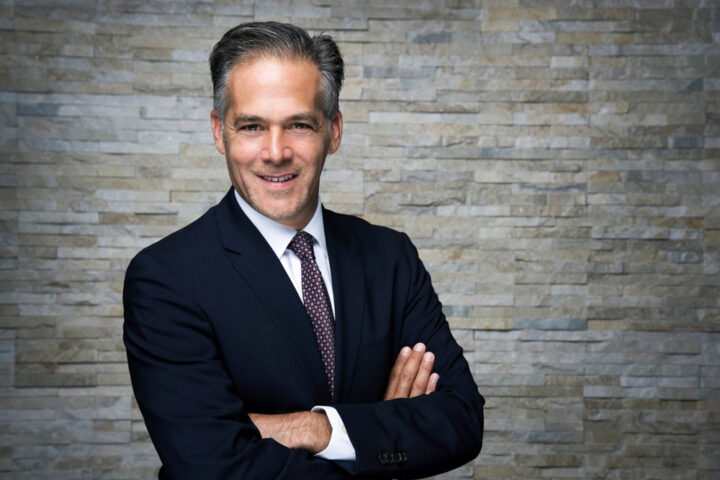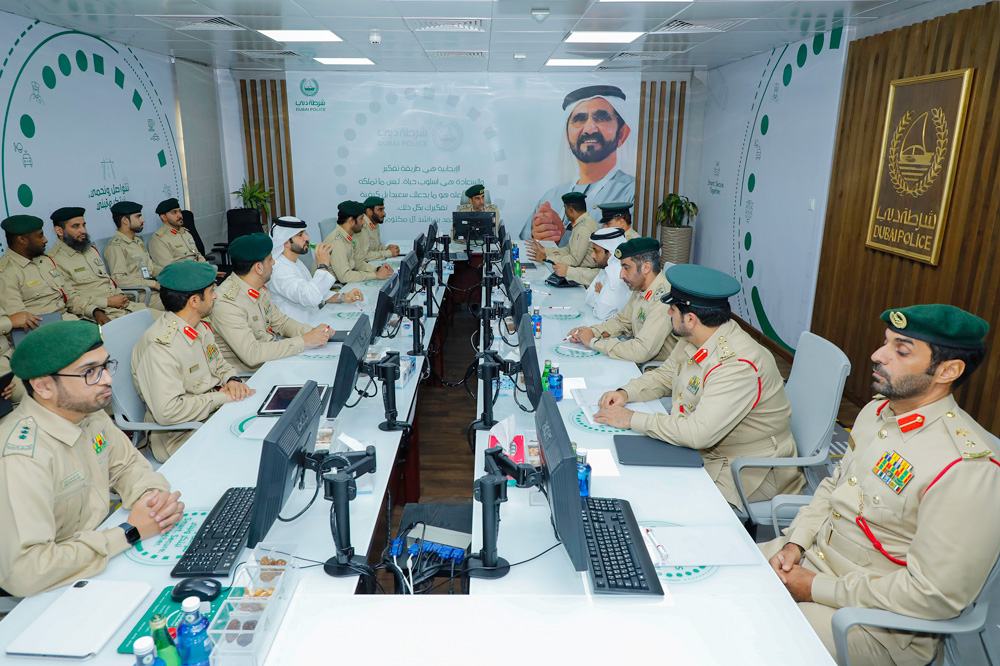Baghdad, Iraq: In a major boost to Iraq’s electricity infrastructure, the Ministry of Electricity (MoE) and GE Vernova Inc. (NYSE: GEV) announced today the early completion and energization of five critical substations across the country in less than two years. These substations are part of a nationwide project that involves the energization of 10 substations by Iraq’s MoE and GE Vernova to improve grid stability, enhance network efficiency and enable the interconnection with the Hashemite Kingdom of Jordan’s grid, providing more stable electricity for the people of Iraq.
The five new 132 kV substations include Al Hindia, Al Sader, Al Qaim Saada, North Baqubah and Yaramja South. Both North Baqubah and Yaramja South substations were delivered around six months ahead of schedule and were completed in August and September 2024 respectively. Construction and equipment installation works at the Rasafa Center substation have reached the final stages and will be energized soon.
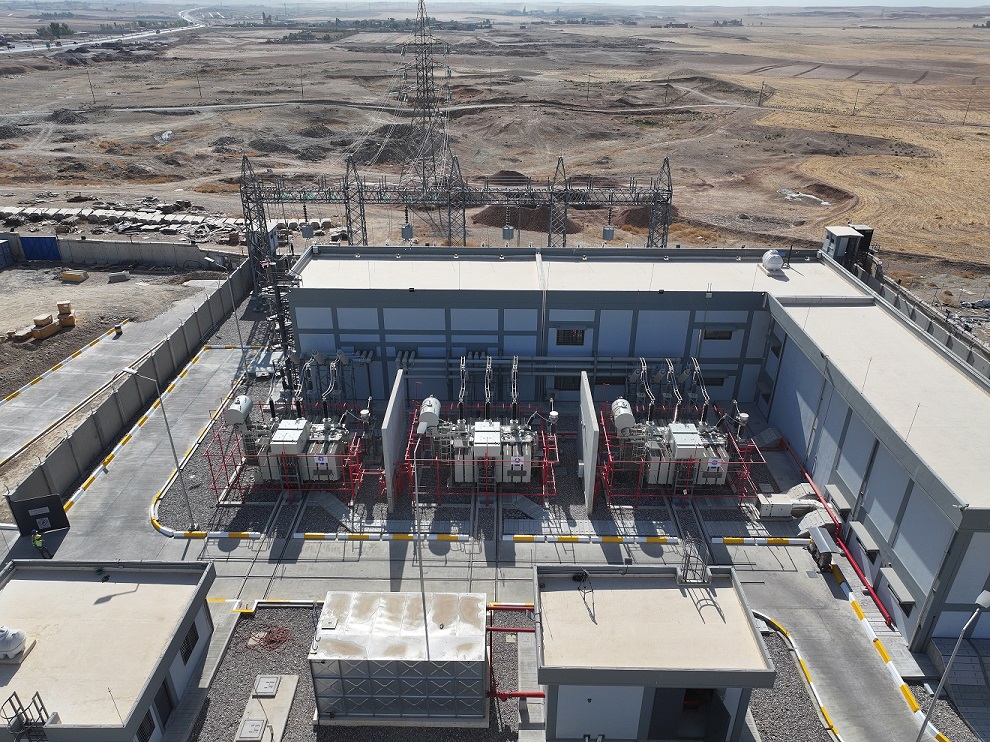
Four additional substations, North Najaf, North Karbala, North Diwaniya and Aredo, are scheduled for completion by summer of 2025.
Upon completion of the 10 substations, the Iraqi transmission system will be able to transmit an additional 2,200 megavolts-ampere (MVA) of power, enabling improved transmission of the equivalent amount of electricity needed to power approximately 300,000 households or about 1 million people.
Over the past decade, GE Vernova has built and energized a total of 30 substations, including five 400 kV substations in Al Khairat, Nainawa, Mansouriya, Mosul East, Al Fao and Baghdad Northwest. In addition, four 132 kV substations were completed in Dohuk province in Kurdistan region, further strengthening Iraq’s power infrastructure.
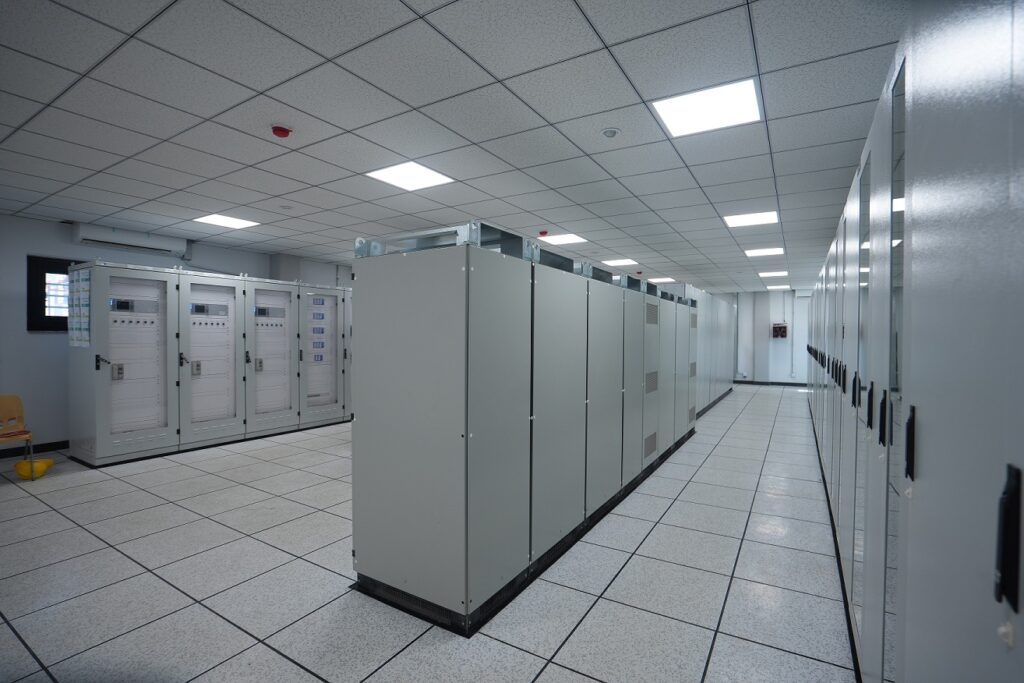
Iraq’s Minister of Electricity, Ziad Ali Fadhil said: “The strategic collaboration with reputable international companies, such as GE Vernova, supports the Ministry’s efforts to modernize the national electricity grid by enhancing generation and transmission efficiency, and providing a reliable technical map that provides flexibility in transferring loads and achieving stability in connecting governorates to each other. In this context, these five substations that were completed and energized ahead of schedule represent a key milestone and an important addition to our efforts as they directly contribute to improving the stability of the grid in the surrounding areas, and are necessary to meet the growing demand for electricity,” he stressed that “the completion of these complex projects ahead of schedule demonstrates the commitment of the Ministry of Electricity teams and their focus on achieving tangible results.”
Johan Bindele, Leader of GE Vernova’s Grid Systems Integration business, said, “By executing these transformative electrification projects in partnership with the Ministry, our advanced substation solutions are not only stabilizing the grid but also accelerating Iraq’s transition to a more reliable, affordable, and sustainable energy future.”
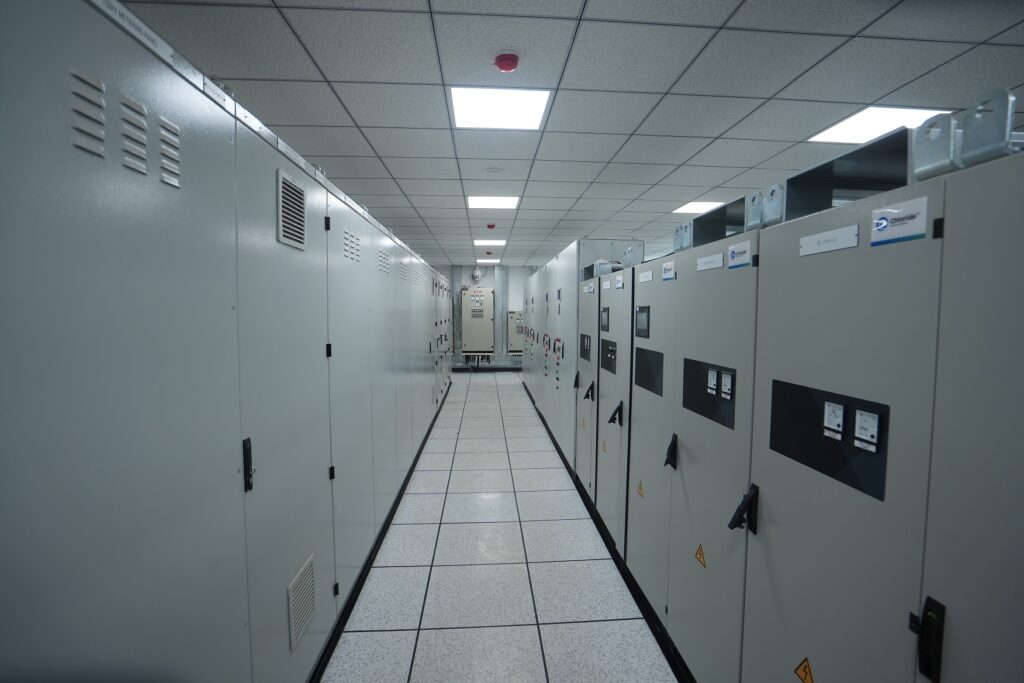
Rasheed Janabi, President of GE Vernova in Iraq, said, “As a dedicated, long-term player in the energy sector in Iraq, we are committed to meeting the growing energy needs of Iraq’s economy with the latest technologies and solutions across the energy value chain. This latest grid modernization milestone is part of a comprehensive strategy that GE Vernova developed to help accelerate Iraq’s transition to more reliable and lower carbon power for the benefit of present and future generations.”
“We are proud of the key role of the Iraqi team members from both GE Vernova and MoE in these projects,” he concluded.
GE Vernova is committed to this region across multiple projects. For example, GE Vernova has supplied advanced gas-insulated substations from its factories in France and Switzerland, as well as high-voltage power transformers from Turkey and the United Kingdom, which were installed and commissioned by GE Vernova’s Iraqi field engineers across different substations. The company has also provided Substations Control and Monitoring Systems (SCMS) and Protection and Control panels from its manufacturing facilities in the UAE and the UK for multiple substations as part of ongoing efforts to strengthen Iraq’s power infrastructure.
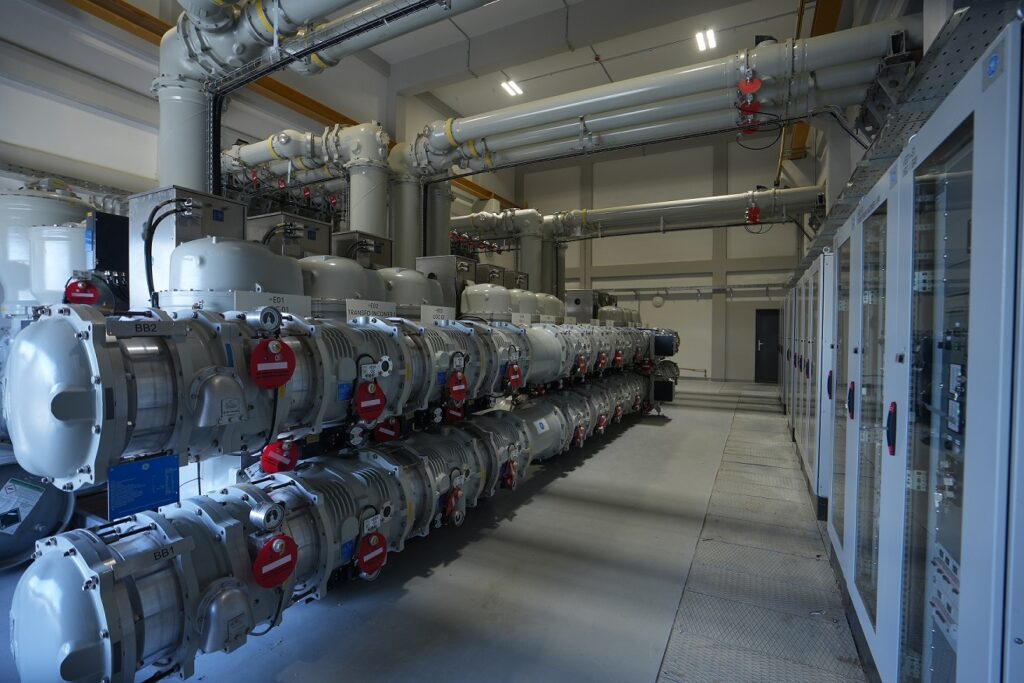
In addition to modernizing the grid, GE Vernova has added up to 19,000 megawatts of power generation capacity to Iraq’s grid, mobilized more than US$3 billion in financing for energy projects and continues to invest in workforce training and capacity building. GE Vernova is also working with MoE to set up a Monitoring and Diagnostics (M&D) Centre that will use the company’s electrification software capabilities for continuous monitoring of core power assets across sites powered by GE Vernova’s gas turbines. The Center is projected to help mitigate operational risks, reduce unplanned outage costs, and enable Iraqi talent development through knowledge transfer and the specialized training of local engineers.

